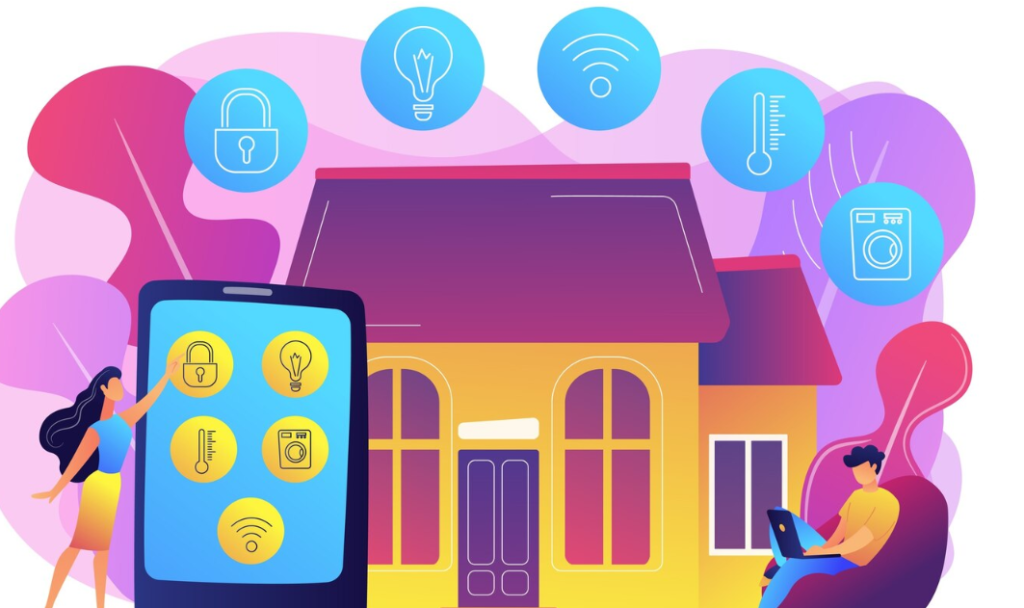Introduction
The internet was once envisioned as a free and open space for communication and information sharing. However, governments and corporations around the world have implemented various forms of censorship to control what people can access online. From blocking websites to surveillance and content moderation, internet censorship takes many forms. This article explores the different tools used to regulate online content and the implications for digital freedom.
Methods of Internet Censorship
1. Website Blocking and Filtering
One of the most common forms of internet censorship is blocking or filtering websites. This can be achieved through various techniques:
- IP Blocking: Prevents access to specific IP addresses, making certain websites unreachable.
- DNS Tampering: Modifies domain name system (DNS) requests to redirect users away from restricted sites.
- Keyword Filtering: Scans and blocks content that contains specific words or phrases deemed sensitive.
2. Deep Packet Inspection (DPI)
Governments and internet service providers (ISPs) use Deep Packet Inspection to analyze internet traffic in real time. This technology allows them to:
- Detect and block restricted content.
- Monitor user activity.
- Throttle or slow down certain types of traffic, such as VPNs or encrypted messaging services.
3. Social Media and Platform Censorship
Many governments pressure social media companies to remove or suppress certain content. This is done through:
- Takedown Requests: Governments or corporations request platforms like Facebook, Twitter, and YouTube to remove specific posts or accounts.
- Shadowbanning: Platforms reduce the visibility of certain users or content without notifying them.
- Automated Moderation: AI-based algorithms flag and remove content based on government regulations or company policies.
4. Internet Shutdowns and Throttling
Some governments take extreme measures by shutting down internet access entirely during protests, elections, or political crises. Throttling—deliberately slowing down internet speed—is another method used to limit online activity without a complete blackout.
5. Mass Surveillance and Data Collection
Censorship is often accompanied by mass surveillance programs. Governments use advanced technologies to monitor online behavior, such as:
- Metadata Collection: Tracking who users communicate with, when, and for how long.
- AI and Facial Recognition: Identifying individuals in images and videos to suppress dissent.
- Spyware and Malware: Infecting devices to track activities, read messages, or even activate cameras and microphones.
How Corporations Participate in Censorship
1. Search Engine Manipulation
Search engines like Google and Bing adjust their algorithms to comply with government censorship laws. This means certain search results are delisted or pushed down in rankings to prevent users from accessing specific information.
2. App Store Restrictions
Tech companies like Apple and Google remove apps that violate government policies, restricting access to VPNs, encrypted messaging services, or political content.
3. AI-Powered Content Moderation
Corporations use artificial intelligence to scan and remove content at scale. While this helps in managing harmful content, it also leads to over-censorship and the suppression of legitimate discussions.
How People Circumvent Censorship
Despite increasing censorship, people find ways to bypass restrictions:
- VPNs (Virtual Private Networks): Encrypt internet traffic and allow users to bypass geographical restrictions.
- Tor Network: Anonymizes browsing by routing traffic through multiple servers.
- Decentralized Platforms: Blockchain-based social networks and peer-to-peer systems resist centralized control.
- Encrypted Communication Apps: Services like Signal and ProtonMail help protect user privacy against surveillance.
Conclusion
Internet censorship is a powerful tool used by governments and corporations to control access to information. As these methods become more sophisticated, digital freedom advocates continue to find new ways to fight back. Understanding how censorship works is the first step toward maintaining an open and unrestricted internet.


